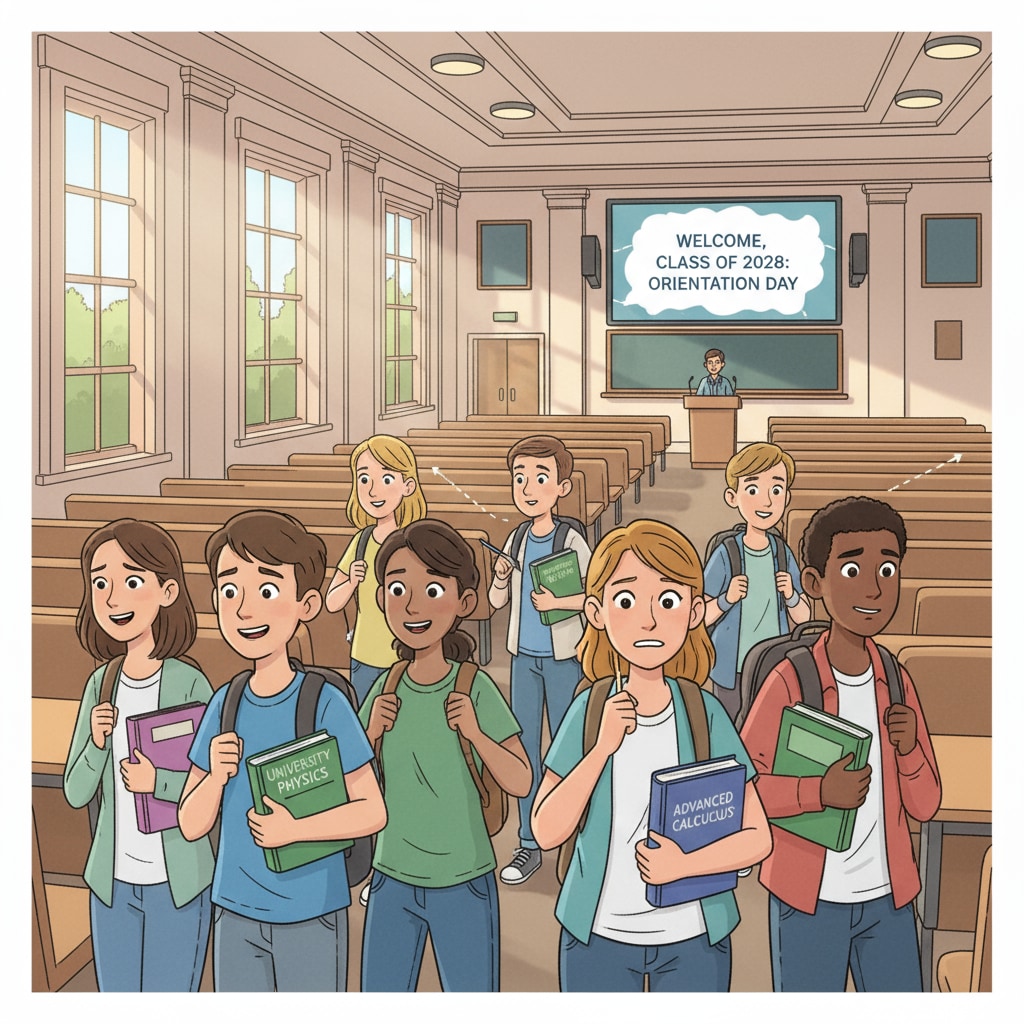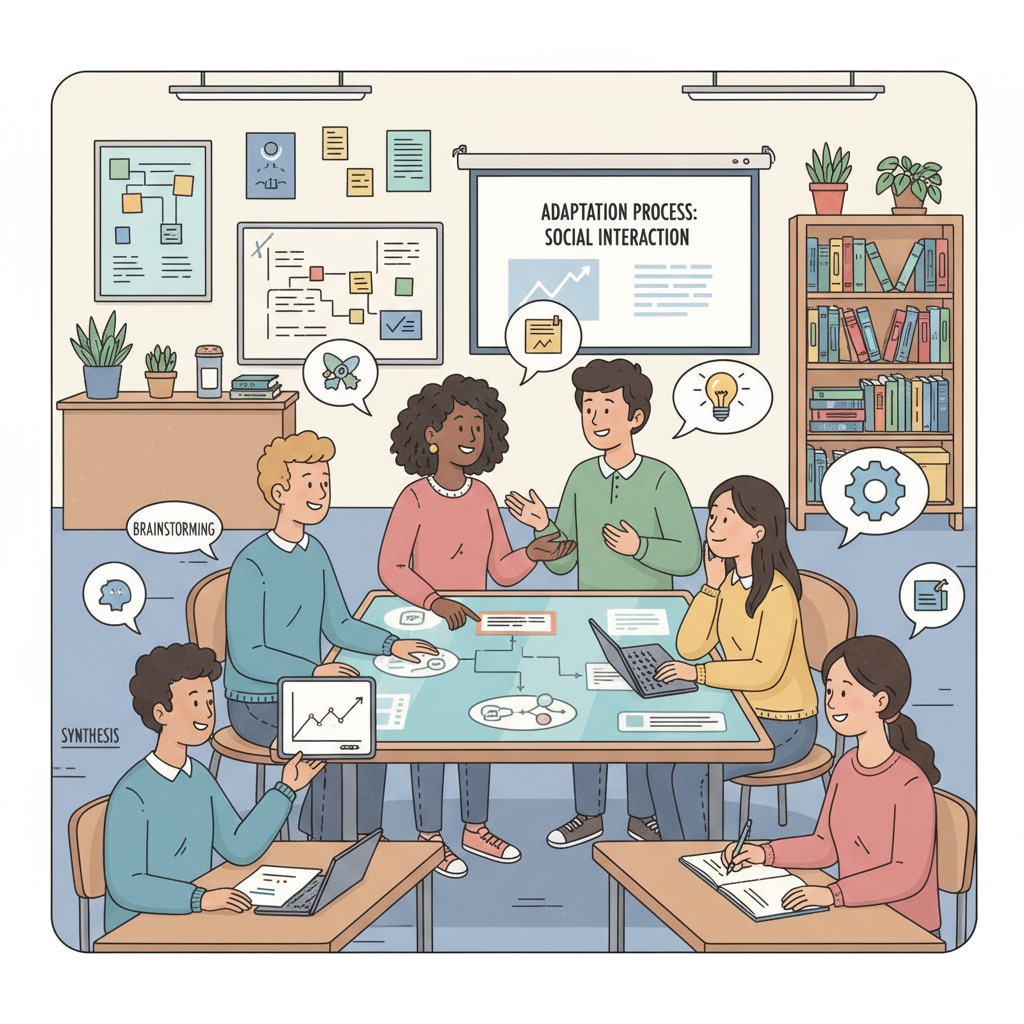The adaptation experience from high school self-study to university on-campus courses can be both challenging and rewarding for students. For those who have navigated their high school years through self-study, stepping into the traditional university classroom setting represents a significant shift.

This transition involves multiple aspects, from socializing with peers to adjusting to a new learning pace.
The Social Interaction Hurdle
One of the primary challenges high school self-study students encounter in university is social interaction. During self-study, they often have limited face-to-face contact with classmates. In a university on-campus environment, however, group projects, seminars, and extracurricular activities require regular interaction. For example, in group projects, students need to communicate ideas, divide tasks, and collaborate effectively. As a result, self-study students may feel overwhelmed at first. According to American Psychological Association’s research on social skills, building social connections is crucial for overall well-being and academic success in university.

Adjusting to the Learning Rhythm
The learning rhythm in university is vastly different from high school self-study. Self-study allows students to set their own pace, taking breaks when needed. In contrast, university classes follow a strict schedule with lectures, tutorials, and assignments. For instance, there may be multiple lectures in a day, followed by reading assignments and problem sets. Students need to manage their time efficiently. As stated in TeachThought’s guide on time management in college, understanding the new learning rhythm is essential for keeping up with the coursework.
Self-discipline also plays a crucial role. In high school self-study, students rely on their own self-motivation. In university, while self-discipline is still important, there are external factors like deadlines and peer pressure. Therefore, students must find a balance between meeting external expectations and maintaining their internal drive.
In conclusion, the transition from high school self-study to university on-campus courses is a complex process. It involves overcoming social interaction barriers, adapting to a new learning rhythm, and strengthening self-discipline. With awareness and preparation, students can turn this transition into a positive and growth-filled experience. High school self-study students can embrace the opportunities that university on-campus courses offer and thrive in their new academic environment.
Readability guidance: The article uses short paragraphs and lists to summarize key points. Each H2 section provides a clear focus. The passive voice and long sentences are kept to a minimum. Transition words are used throughout to enhance flow.


